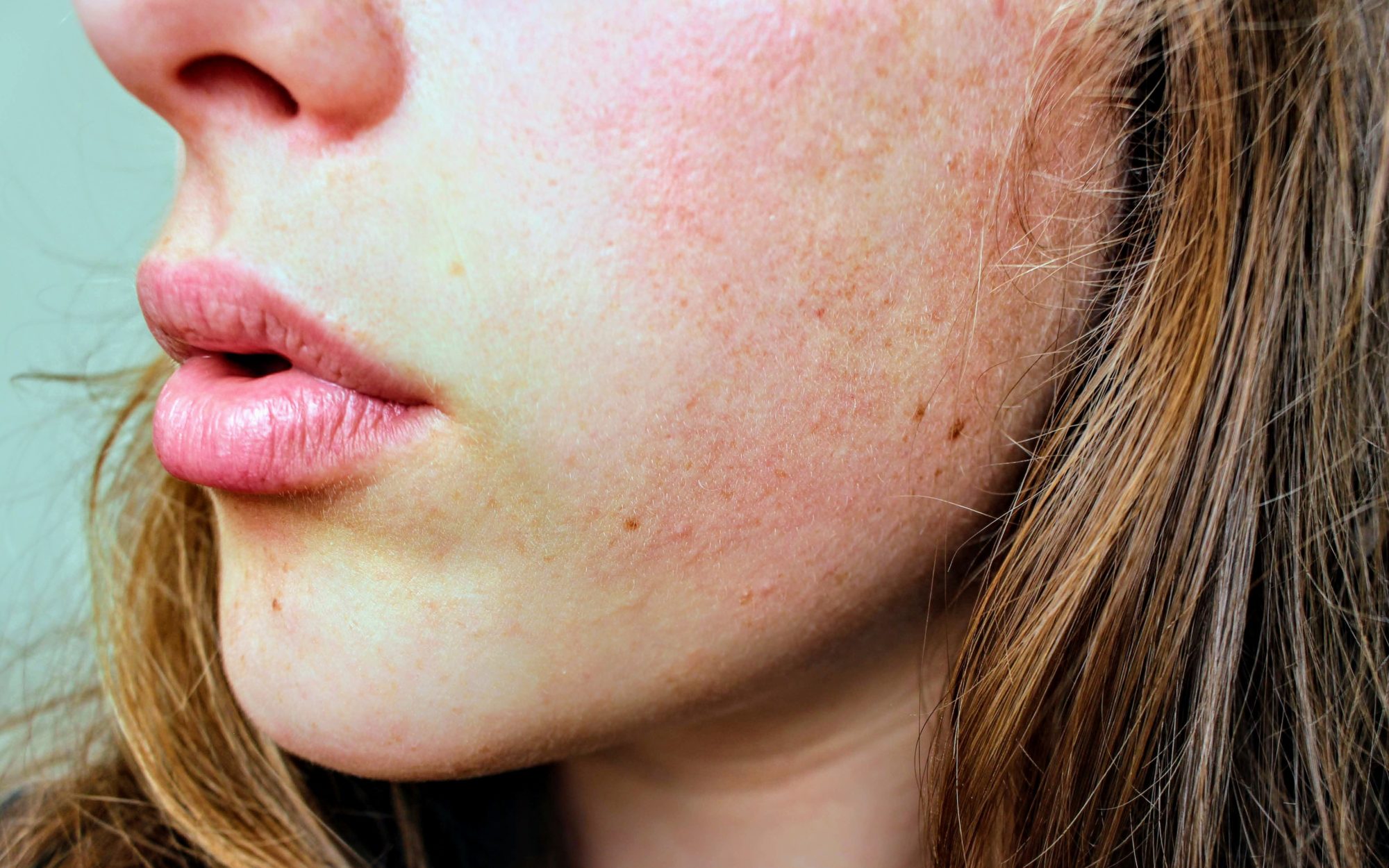Maskne Is Real: What Causes It and Ways to Prevent It

Developing a skincare routine has become more than just a lifestyle habit. It’s a form of self-care ritual that offers a soothing and calming experience for your health and well-being. Many people are willing to invest in skincare products that promise young, healthy-looking skin. These include face wash products containing benzoyl peroxide and other effective ingredients to fight bacteria and prevent acne.
But all these efforts to have smooth, clear skin became useless when people start wearing masks to stop the spread of COVID-19. Many people started to have a skin condition called ‘maskne’ or mask acne because of prolonged wearing of facial masks. Since health authorities require the use of face masks in public places, this became difficult for those with maskne to prevent the worsening side effects.
As much as we want to forego the wearing of masks, it’s important that we keep them on in response to safety protocols. But what about our skin? In this article, we’ll talk about the common side effects of maskne, what makes it worse, and ways to prevent it.
What is Maskne?
It is an umbrella term for various skin conditions caused by wearing face masks regularly or any type of mouth covering. Masks create a perfect recipe for oil and bacteria to emerge. When worn, the mask forms friction, heat, and blockage on the skin, combined with moisture from breathing, sweating, and talking.
When we talk and breathe, the mask traps plenty of warm air. The air produces a humid and warm environment, an opportunity for bacteria, yeast, and other flora to grow. The friction and bacteria create skin imbalances, promoting a range of skin conditions. Face masks also clog pores with dirt, oil, and dead skin cells, causing pimples, blackheads, and whiteheads.
Acne isn’t the only side effect caused by face masks. Rosacea happens when the skin suffers from flare-ups with signs of redness and pimples. Meanwhile, others suffer from contact dermatitis when the mask wearer is sensitive or allergic to the material used for the mask. Masks can also cause blisters, irritation, and red rashes. Another is folliculitis or hair follicle infection which causes pain, itchiness, or bumps similar to acne breakouts.
Other skin conditions include atopic dermatitis (patches of dry and itchy skin), seborrheic dermatitis (flaky, red, and itchy skin), and perioral dermatitis (rashes around the mouth). Those who already have existing skin conditions may notice worsening symptoms once they start wearing masks.

Causes of Maskne
Since maskne involves a range of skin conditions, the cause of each symptom may vary. For example, facial rashes and acne occur because of continuous sweating and breathing under the mask. Meanwhile, imitation and chafing happen when the mask rubs against the skin repeatedly, causing the mask to trap the sweat and humid moisture.
The occlusive environment is a perfect setting to trap sebum and moisture, which causes new breakouts and worsens existing acne because of clogged pores. Sweat and heat also contribute by causing raw, itchy, and dry skin.
Clogged pores happen when the mask wearer already has bacteria, dirt, oil, and dead skin cells on the skin surface. Once the person wears a mask, these substances will build up and block the pores. On the other hand, friction leads to peeling, flaking, redness, chafing, and sores. Even facial hair can also cause problems depending on the fit of the mask.
For those who wear makeup, you’re free to wear your favorite brands as long as they’re not too heavy. But when wearing masks, it’s advisable to wear light make-up. Keep in mind that recycled masks limit your ability to clean and reuse the mask because of makeup stains. Thus, it would be better to not wear makeup altogether.
Most people assume that wearing sunscreen, lotion, and topical treatments causes maskne to go out of control. In reality, these products can actually do more good by protecting the skin.
Treating Maskne
Although the continuous wearing of masks can make maskne symptoms more uncomfortable, it’s important to keep wearing them to protect yourself and other people from the risks of COVID-19.
To ease maskne, there are plenty of ways to reduce its symptoms.
With or without pandemic, washing your face regularly is a critical part of your regular skincare routine. Wash your face using lukewarm water and a fragrance-free, mild cleanser, and pat the skin gently with a clean towel. Do this every morning, at night, and after wearing a mask.
Use a gentle cleanser to reduce excess sweat, oil, and bacteria. When picking a moisturizer, make sure it’s a noncomedogenic product to prevent the blocking of pores. Also, don’t forget to change or wash your masks after every use and apply moisturizer before wearing one.
While wearing masks can be frustrating, we have to keep them on while the pandemic is still here. This is a way to protect others while showing our respect to them as human beings. To prevent the symptoms of maskne, make sure to follow our suggestions above and consult an experienced dermatologist to know the best skincare product for your skin concerns.

